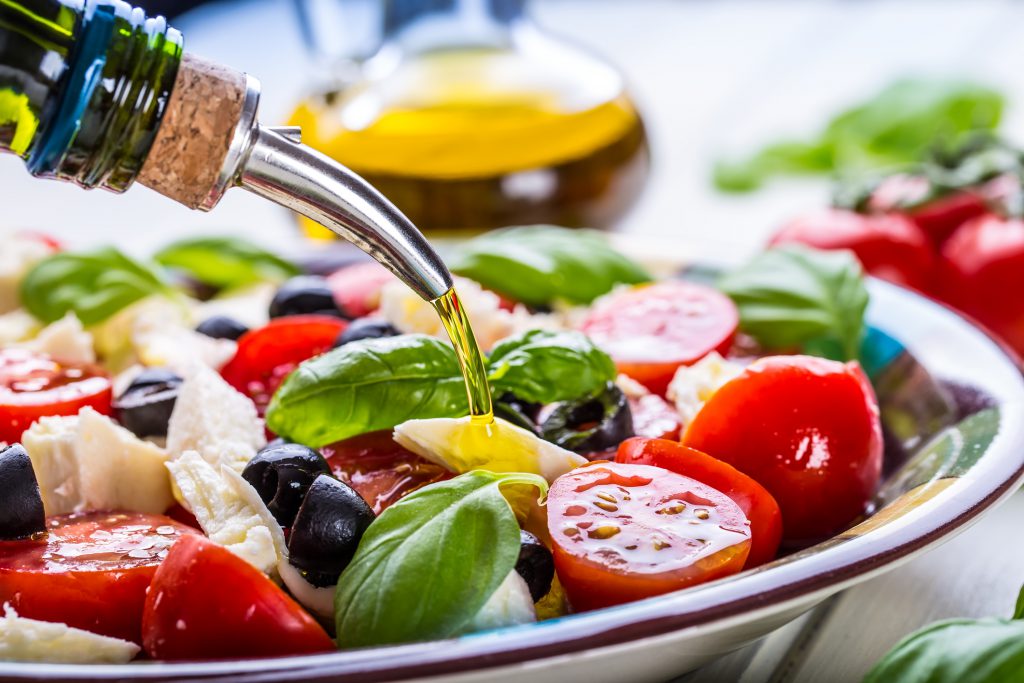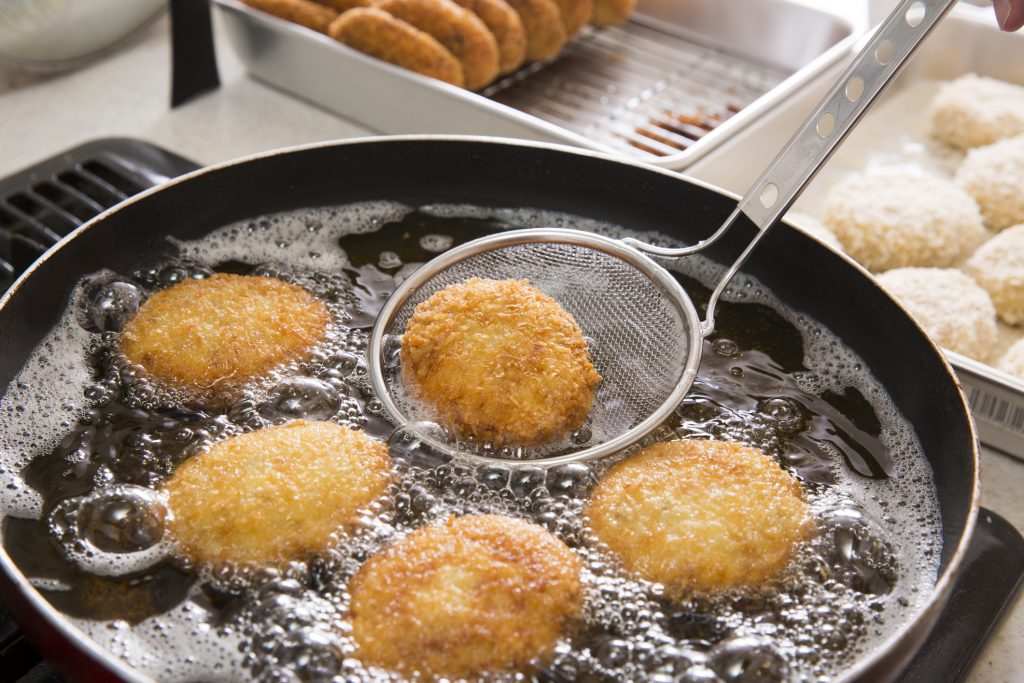Canola, Coconut, Olive, Soybean or Vegetable: Which Oil is the Best for Cooking?
by Lou-Ann Jordan May 24, 2021

Within many households in the region, cooking oil is a staple. We use it for frying, stewing, roasting and baking and there are many different from which to choose.
Some of the most common options are vegetable oil, soybean oil, coconut oil, canola oil and olive oil. To this list, we can add garlic, avocado, grape seed and peanut oils, all of which have become increasingly popular regionally within the last decade or so.
But have you wondered which kind is best? Are all oils created equal, or are some healthier than others? Some cooking oils can be high in saturated fat, and although our bodies need fat, as they’re an excellent source of energy, too much is not advised.
According to a Harvard Health Publishing article, a diet high in saturated fat can cause higher cholesterol levels, which increases the risk of heart disease. Yet, trends are constantly changing, and what is excitedly reported as being healthy today may be denounced tomorrow with as much vigour. Coconut oil is one for which the debate has been pendulous.

In 2016, Healthline lauded coconut oil as having ‘impressive’ benefits. While in a review titled, Coconut Oil and Palm Oil’s Role in Nutrition, Health and National Development, both oils were branded as “unhealthy highly saturated fats”.
When selecting oil for cooking, we suggest choosing one low in bad fats like saturated and trans fat. As we mentioned previously, fat is essential, however; monounsaturated and polyunsaturated fats are healthier.
Additionally, it is equally helpful to know the best uses for the various types of oil. Below we’ll look at five popular cooking oils and the best and healthiest ways to use them.
Canola oil – Canola oil features very prominently on supermarket shelves. For some local shoppers, it’s chosen simply as a replacement and not with any particular preference. However, if you happen to pick up a bottle, do know it’s excellent for stir-frying, sautéing or baking.
WebMD also suggests it’s an ideal replacement for solid fats and a perfect addition to vinaigrettes and marinades. And a tidbit to keep in mind when cooking with canola oil is to use medium heat. Also, Healthline advises its best when used for deep-frying.
Coconut oil – This oil is processed in several different ways, and while you may want to stay away from hydrogenated coconut oil, there are others you may find more suitable. A few popular options are virgin, unrefined or cold-pressed coconut oil.
Wendy Gans and Gail Kauwell, in a research paper titled, Coconut oil: a heart-healthy fat offers a helpful tip; don’t reuse coconut oil, and only use it for “shallow frying”. It may not be the best oil for frying and not one to leave over for another day.

Olive oil – Olive oil has always been widely popular in our region—possibly more for its hair and skincare health benefits than cooking. However, times have changed, and as cooking oil, it features in many households. Extra virgin, virgin and refined are three different grades of olive oil, and they are based on how the oil is extracted. Many people prefer to use it to drizzle on salads, and it features prominently in the Mediterranean diet.
When deep-frying is on the menu, olive oil, no matter the grade, may not be the best choice as it has a low smoke point. A low smoke or burning point refers to the temperature at which oil begins to smoke or burn when placed on heat. When oil is heated past its smoke point, the fat breaks down and releases free radicals that eventually give food an unpleasant flavour. So remember, don’t overheat olive oil.
Soybean oil – You may have already realised that the oils with a high smoke point are best for frying, baking and roasting. Soybean oil is another excellent option. Healthline notes that it’s fantastic for food preparation that involves high heat as it has a ‘relatively high smoke point’. Another notable fact about soybean oil is that it’s the least expensive of the other oils listed.

Vegetable oil – This is one of the most commonly used oils in Caribbean kitchens. If ever there was an all-purpose oil, vegetable oil is it. Vegetable oil is made from oil extracted from nuts, seeds, fruits and grains. Cooking expert, Liz Weinandy, observes that in most instances, vegetable oil is a fusion of several types: canola, corn, soybean, safflower, palm and sunflower. For your fried foods, vegetable oil is your best option when deep frying. Vegetable oil has a smoke point of approximately 450°F.
Did we answer the question? What we’ve deduced is with the many kinds of oils available and their various benefits and recommended uses, having a few on hand may be beneficial. By keeping several in stock, you can alternate to get the best results based on what you’re cooking and the method of preparation.
Sources: Prevention, Time, Thrillist, Healthline, University of Florida, Harvard Health Publishing, WebMD, National Center for Biotechnology Information and BBC.
To stock up on cooking oil, check your Findyello supermarket and grocery listing.








